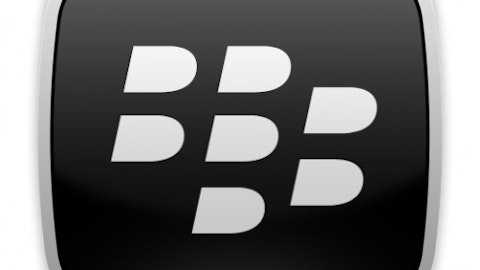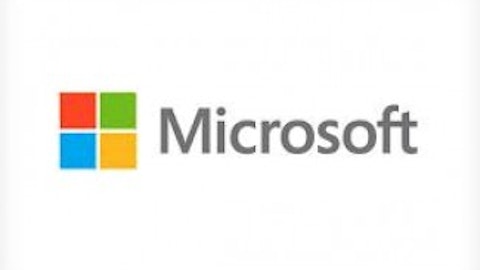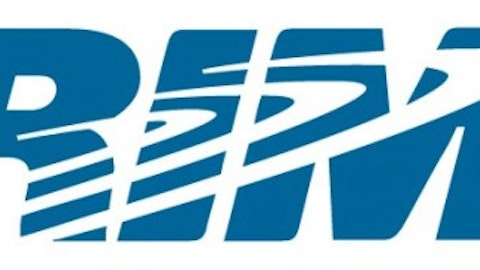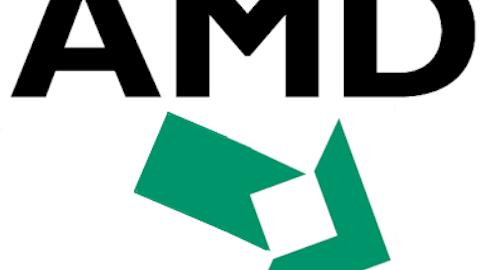Missed the Mobile Revolution?
There are concerns amongst the analysts and investors that Intel has not really been able to make inroads in the mobile computing market. However, Intel collaborated with Google Inc (NASDAQ:GOOG) to have Android running on the Intel chips (architecture). It has also come out with Atom-branded System-on-a-Chip (SoC) products for smartphones and tablets. On the back of that announcement, Intel also displayed its new low-power, multimode-multiband 4G LTE global modem, the Intel XMM 7160. This product is to be used not only in computers but also in smartphones and tablets. Thus, Intel may not be earning revenues from the mobile space yet, but it is in a very strong position to capitalize on its brand and with the right collaborations start earning dollars too.
Strong Fundamentals
The company has total cash of $18 billion; its revenues are $53 billion; its net income is $11 billion, and the company has an operating margin of 27% (higher than its competitors and the industry.) The company’s beta is 1.1. Despite the company coming out with a second bond offering of more than $5 billion in just over a year, its bonds are rated A1 by Moody’s Investor Service and A+ by Standard & Poor’s. Thus, the company has very strong fundamentals and can afford to take risks in new ventures while consolidating and growing its core business of semiconductors.
Competition?
The biggest advantage Intel has over its competitors is its huge market presence. UK based ARM Holdings plc (ADR) (NASDAQ:ARMH) has collaborated with Microsoft to use its chips in the Windows RT. However, it’s going to take a huge effort on ARM’s part to convince the customers to shun Intel chips in their PCs. Globally, AMD has seen its market shrink because of Intel. As recently as 2009, Intel settled a suit filed by AMD. The suit was an anti-trust litigation by AMD claiming that it was unable to increase its market share because of Intel’s illegal techniques. When your closest competitor resorts to an anti-trust litigation against you, because it is unable to compete with you, it says a lot about your market presence. (Intel had denied any wrongdoing and settled the case out of court).
Investor Perspective
Intel is trying to make inroads in the non-semiconductor industry, while it is also concentrating on strengthening its semi-conductor business. This, coupled with the fact that Intel’s stock price is at its lowest and the company is embarking on a buyback program, makes it seem like a good time to invest in Intel. The company should at least reach its highs of $28, and in case few of its many ventures succeed, the stock may go much higher than it has ever been.
The article Inside Intel originally appeared on Fool.com.
Copyright © 1995 – 2013 The Motley Fool, LLC. All rights reserved. The Motley Fool has a disclosure policy.





